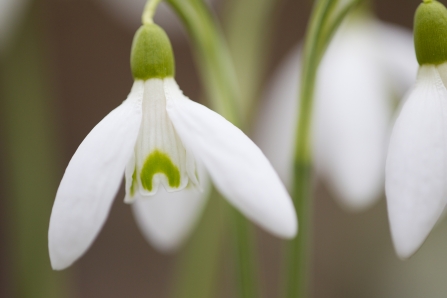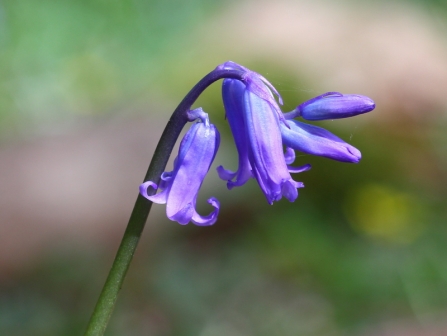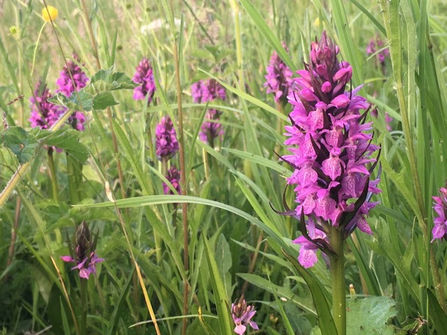Spring is on its way and most notably we are starting to see the buds on the trees swell and burst revealing fresh green leaves and flowers. But it's not just the change in leaf colour that heralds the first signs of spring, our woodland flowers do too.
Perhaps the earliest sign of spring that is most notable to us all is the sight of snowdrops poking their way through the frosted soil of woodlands. The snowdrop displays nodding, white flowers, each carried on a single stem. Snowdrops don't have petals and are actually composed of six white flower segments known as 'tepals'.




